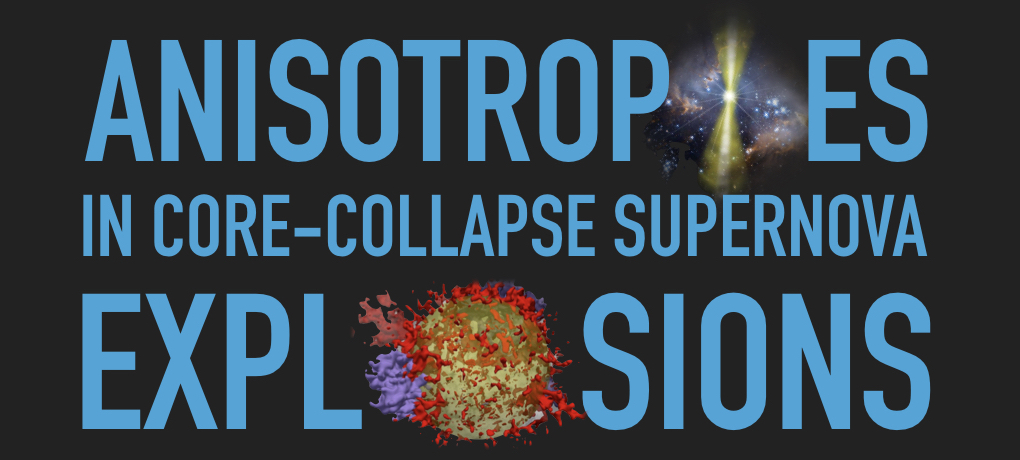Description
Antonio Tutone (speaker), Salvatore Orlando, Marco Miceli, Shigehiro Nagataki, Masaomi Ono, Gilles Ferrand, Giovanni Peres
"The physical properties and morphology of a supernova remnant (SNR) are expected to reflect possible asymmetries and anisotropies developed soon after the parent supernova (SN) explosion and the internal structure of the progenitor star.
The aim of this work is to bridge the gap between SNe and their remnants by investigating how post-explosion anisotropies of ejecta influence the structure and chemical properties of the remnant at later times.
We performed 3D MHD simulations starting soon after the breakout of the SN shock wave at the stellar surface and following the interaction of the ejected stellar debris with the circumstellar medium (CSM) (consisting in the wind of the progenitor star), obtaining the physical scenario of a SNR. Here we focussed the analysis on the case of a progenitor red supergiant of 19 Msun. We investigated how a post-explosion large-scale anisotropy in the SN affects the ejecta distribution and the matter mixing of heavy elements in the remnant, during the first 5000 years of evolution.
Our model shows that a post-explosion anisotropy in the inner ejecta distribution can generate a Ni/Si-rich jet. The anisotropy allows heavy elements to penetrate into the external regions of the ejecta, causing an inversion of the chemical layers in the remnant. We found that the properties of the jet and the level of matter mixing are sensitive to the initial velocity contrast of the anisotropy. Moreover, we found that the initial parameters of the clump influence the shocked mass of the heavy elements."

